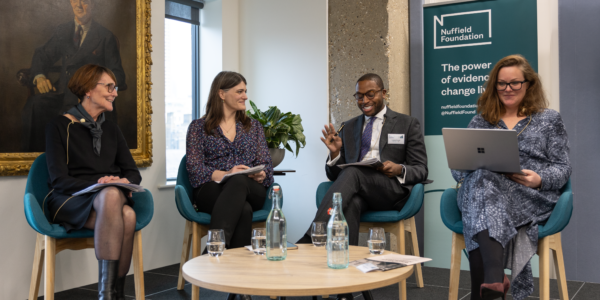
06/02/14
2 min read
Websites, telephones, video communication and other means of digital communication can, if properly used, assist in maintaining access to justice in a time of austerity, according to new research funded by the Foundation.
Roger Smith and Alan Paterson from the University of Strathcylde surveyed provision of these services around the world. Their findings are published in a report: Face to Face Legal Services and their Alternatives: global lessons from the digital revolution.
The authors emphasise the need to devise models of delivery that take account of the fact that not everyone can use websites and telephones. They also highlight the example of NHS Direct, an integrated telephone and internet project that was abolished just as it seemed to providing results.
However the report also says that much could be done through:
- Leadership from the Ministry of Justice in maintaining access to justice despite austerity cuts – a positive commitment to helping citizens to help themselves where they can and continued free access to legislation and cases.
- The fostering of innovation through awards, recognition and, as in the US Legal Services Corporation’s Technical Innovation Grants programme, funds for strategic projects.
- Rigorous testing of channels of delivery including the use of dummy clients.
- Integrated ‘digital first’ but not ‘digital only’ delivery as happens in jurisdictions like New South Wales and New Zealand where internet advice is linked with telephones and face to face provision if required.
- Dynamic digital systems that assist a person through a process such as obtaining a divorce, for example, the rechtwijzer.nl site in The Netherlands.
Roger Smith and Alan Paterson said: “Civil legal aid in England and Wales is in a parlous state after major cuts. The private sector is responding with innovative approaches to low cost services. However, the Ministry of Justice must accept its continuing role in ensuring equal justice for all in society. Our report shows the benefit of government leadership and the opportunities from technological development in countries like Australia, the US and The Netherlands where resources are equally tight.”











































